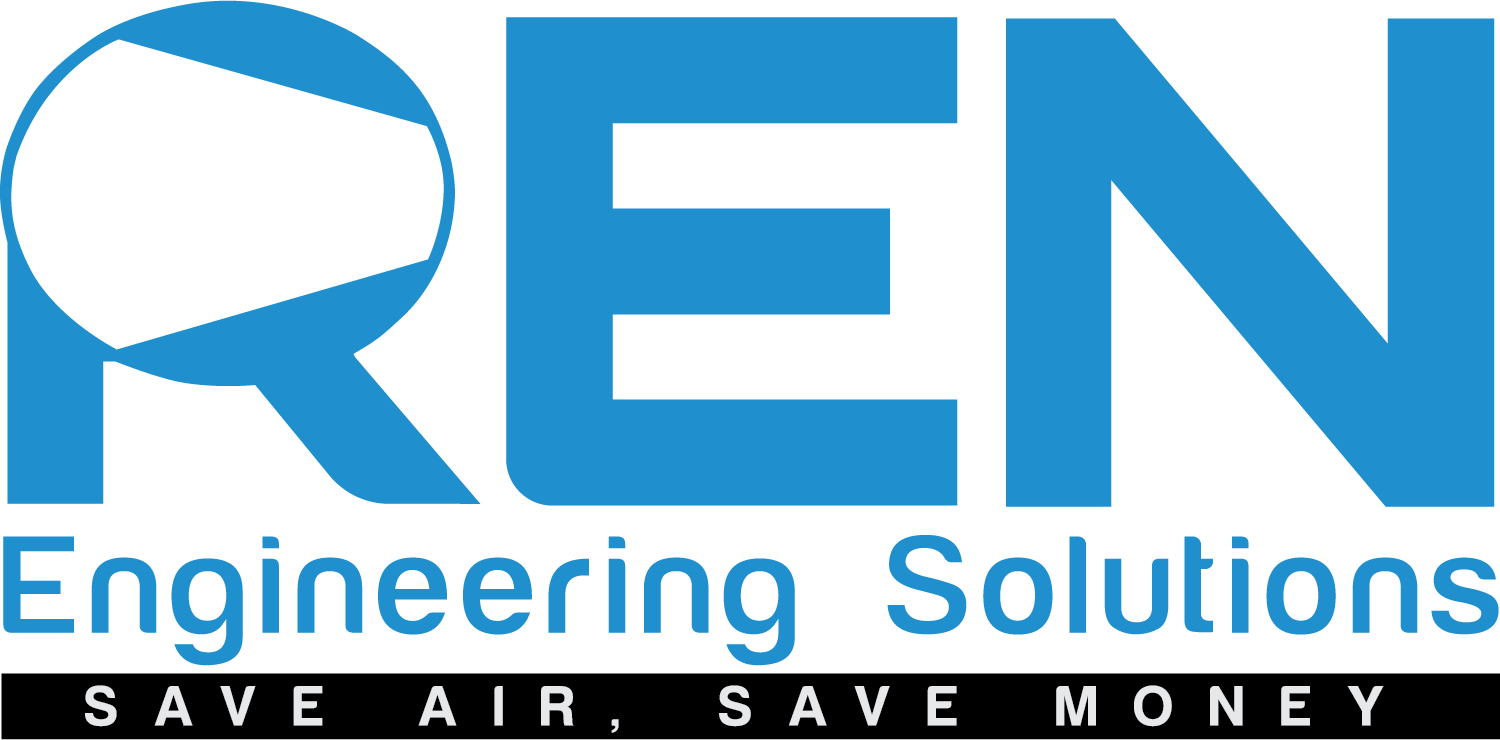Changing realities
In last few months the way we do business and live our lives has changed due to the Corona Virus. Manufacturing business plans based on 100% reliance on a physical presence to serve customers have been upended. Many manufacturers are now looking to establish an online presence to keep in touch with their clients whose movement is now restricted.
Plant maintenance
At the factory level all but critical staff are now working remotely which is not a big problem for non-technical staff. At the other end of the spectrum are the plant maintenance managers who still need to ensure that their factories are running and know what is going on with critical equipment 24/7. Over the last few years there has been an accelerating trend towards Industry 4.0 or IIOT(industrial Internet of Things) technologies that allow equipment to send data to the cloud.
For the plant maintenance manager reliability of critical plant equipment is paramount. Compressed air falls squarely in the category of critical utilities. To support reliability, online monitoring systems can send alarms on email or mobile notifying key staff about changes in key parameters such as a low pressure, high dewpoint or high flow warnings.
The ability to view parameters such as energy consumption, vibration, pressure, flow remotely in real time allows the maintenance manager not only to predict failures but to trouble shoot and deploy interventions only when required.
The result? Peace of mind regarding the status of critical utilities such as compressed air.
Benefits of Compressed air monitoring systems.
However the benefits of permanent monitoring go beyond reliability and include the ability to:
- Check the efficiency of your compressed air system: Compressed air is one of the most expensive utilities in your plant. Compressors run on electricity and convert most of it into heat. Efficiency may shift over time due to neglected maintenance or change in demand profile when new equipment or departments are added. That’s why continuous monitoring of efficiency is a must have.
- Allocate costs: Do you know how much energy and compressed air it takes to manufacture your product? Most manufacturers used to look only at cost of labor and material. In many industries, energy costs related to compressed air can become a significant part of the product costs and should be allocated accordingly.
- Savings Persistence: Flow meters detect changes in air demand and leak levels and give instantaneous feedback on leak repairs and pipe design changes. 1 bar lower pressure: 7% savings in electricity.
- Understanding changes in Air demand:
- Understand the impact of new equipment or departments.
- Monitor the growth in compressed air demand.
- Allows accurate sizing for any new equipment requirements.
- Identify and document energy savings:
- See the effect of a leak management system. Monitor compressed air consumption during downtime.
- See the effect of new compressor master control system.
- Benchmark machines & production sites: Data can be used to benchmark your production equipment (new against used, brand A against brand B). You can also benchmark different production sites. How much kW/product produced is required? And why does site A perform better than site B?
- Troubleshoot and diagnose air system problems and bottlenecks. These could be related to design such as having too many bends or undersized pipes. These challenges can be addressed through compressed air piping redesign and savings verified.
As we weather the storm brought about by the Corona Virus we can be sure that even as things return to normal the universal drive to monitor systems remotely both in our personal lives and work lives will continue to grow.
Contact us to learn more about our compressed air measurement and monitoring solutions.

